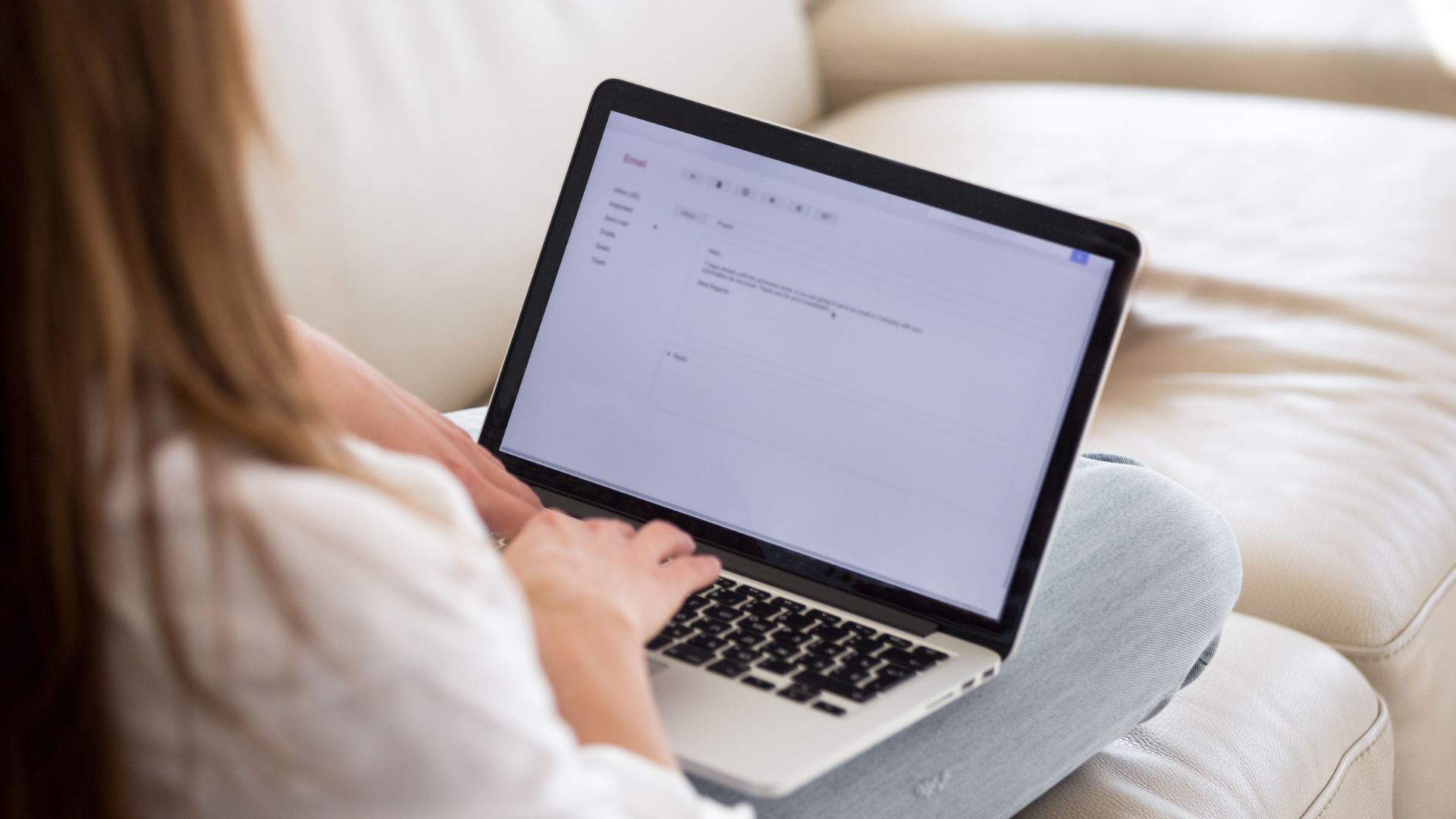Tips to write your best resume
It’s your first impression. So write it well and keep it short and simple. Two to three pages at most. Don’t cram too much in and make it hard to read. Use dot points and keep some white space.
Check spelling, grammar and contact details, as this shows you have good communication skills. Mistakes and poor writing mean you don’t take care to check things or have attention to for detail.
What to include
Personal summary or profile: A short intro of your experience, skills, and abilities relevant to the position. Two paragraphs at most. Put yourself in the best light without boasting. And use ‘he/she/they’, not ‘I’.
Personal details: Name, address, mobile, email and potentially a LinkedIn profile link, or link to personal profile page on social media.
Don’t include personal information such as your date of birth, height, weight, marital status, and children unless the position requires it.
Key skills: Outline your demonstrated abilities, relevant skills, competencies, capabilities, and work skills for the job, such as:
- Languages you can speak.
- Technical skills such as software you are proficient in.
- Leadership or problem-solving experience.
- Special skills from other activities, like volunteering or charity work.
Key achievements: Achievements you are proud of that relate to your technical and transferable skills suitable for the job.
Education and qualifications: Include your highest year of school, training, or degree. Include the qualification, where you studied and when, putting the most recent first.
Can also include computer skills, tickets, licences, qualifications, awards.
Latest job held: Date from/to, name of the business, role held, dot-point summary of tasks/responsibilities and achievements.
Employment History: Going backwards in time - start and finish date, name of the business, roles held, dot-point summary of tasks/responsibilities and achievements. Include any paid or unpaid work experience.
Professional memberships/community involvement: Include any volunteering, community or charity work, to demonstrate other skills that might be relevant.
Referees: Ensure you have the details for at least two people who can speak about your professional skills.
And don’t forget to make it look good
If the resume looks good, so do you. There are templates in MS Word or in design platforms like Canva, which have simple, clean designs that also save you time designing something yourself.






